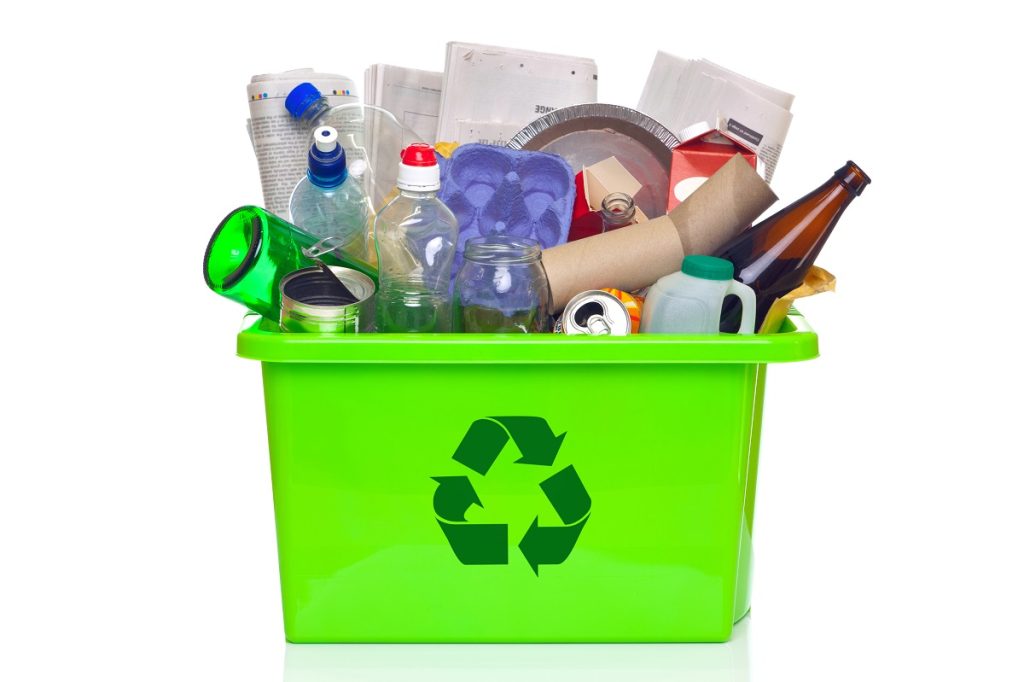Using props can focus attention on the main points of your speeches and add interest for your audience. They can dramatize or clarify points you make. When they are appropriate and not overused, props can make your speech stand out.
If you want to add impact to your next presentation, consider adding props. When done right, props can add depth of understanding for your audience and make your speech come to life.
What Is A Prop For A Presentation?
The use of props in presentations has become increasingly popular. The right prop will help engage audience members and make the message memorable.
A prop is any physical object or material that enhances a presentation’s delivery. It can be anything from a simple flip chart to an elaborate multimedia setup.
Props can serve different purposes in a presentation. They can illustrate complex ideas, emphasize key points, or provide visual aids that help the audience understand the topic better.
For instance, if you are presenting on a new product launch, you may use props such as charts or graphs, a PowerPoint presentation, or a live demonstration of the product to showcase its features and benefits.
In addition, props are among the presentation skills that also add variety and interest to presentations. They break up long stretches of talking and help keep the audience’s attention as you present.
A well-chosen prop can make all the difference between a dull presentation and one that leaves a lasting impression on your listeners.
Can We Use Props In Speech?
Although there’s been debate over the use of props in public speaking, most agree that they can be pretty effective when used correctly.
The best prop acts as a powerful communication tool in helping to illustrate complex ideas or concepts. It serves as a visual aid to help the audience better understand what is being said. For example, a scientist giving a lecture on DNA might use models or diagrams to help explain the structure and function of DNA.

On the other hand, if props are misused or as a mask for poor presentation skills, they can detract from the message being conveyed. If they are too flashy or distracting, they may detract from the speaker’s credibility and make it harder for the audience to focus on what is being said.
The effectiveness of a prop ultimately depends on how well it supports and the message being conveyed.
What Is The Purpose Of Props In Speech?
In public speaking, the best use of props is as a tool for deepening the understanding of the audience and reinforcing the message being conveyed by the speaker. They can illustrate and emphasize key points, making them more memorable for the audience.
Props can be essential when dealing with complex or abstract concepts that may be difficult to grasp. By providing a tangible representation of these ideas, props can make them more accessible and easier to understand.
What Are The Advantages Of Using Props In A Speech?
The goal of any public speaker is for what they’re saying to be meaningful and exciting to the audience. The use of props can be highly advantageous in doing this.
Most people learn and retain information by having it presented in more than one way. Using visual aids means providing information to your audience in two ways. The human brain responds better and learns more quickly in this environment, especially when absorbing complex information.

By using a prop, a speaker can,
- Illustrate key points
- Added realism
- Add humor
- Create a more interactive experience for the audience
- Clarify complex ideas or concepts.
In addition, props can help speakers establish credibility and authority by demonstrating their expertise on a particular topic.
Props also create a sense of drama or excitement, making the speech more compelling.
Is It Always Necessary To Use Props?
The short answer is, “No, it’s not always necessary to use props in speeches.”
A skilled speaker can convey their message effectively through words alone, using tone, inflection, and body language to engage their audience. Even if props have been incorporated into your speech, having a backup plan is recommended in case the props fail.
And in some cases, props can sometimes be distracting or even gimmicky. If a prop is not directly related to the topic or overused, it can detract from the speaker’s credibility and distract from the message they are trying to convey.
Some may find that props enhance their delivery, while others may prefer to rely solely on their words. The most important thing is for the speaker to connect with their audience and deliver a clear and impactful message.
What Are Examples Of Props?
Anything that helps cement the main points of the speech in the audience’s minds can be used as a prop. What and how you use it depends on the topic, your imagination, and what’s at your disposal. The key is that it needs to relate to your topic in an illustrative way.
For example, if someone is giving a speech about recycling, they may bring examples of recyclable products. For a speech about perspective, a glass of water that can be seen as half empty or half full is an appropriate prop.

The most recognizable props include:
- Charts and graphs
- Powerpoint slides
- Furniture
- Clothing and accessories
- Equipment
- Living things
- Images projected on large screens
What Are Some Examples Of Props In Speech?
Many world-class presenters are noted for using props in their speeches. One of the most well-known and unforgettable uses of props is the speech given by Bill Gates in his 2009 Ted Talk.
During his speech about Mosquitos, Malaria, and Education, Gates released live mosquitos into the audience. A swarm of biting bugs isn’t the ideal prop for most audiences to love, even though the mosquitoes were disease-free. Still, the audience members have probably never forgotten that speech.
Props don’t always have to be physical, either.
Perhaps one of the most clever props employed by Presiyan Vasiliev in 2013 during the Toastmasters World Championships. In his speech ‘Changed By A Tyre,’’ Vasiliev used his voice to replicate the sound made by a broken jack. Although some find it sounds like a controversial prop category, Vasilev went on to become the 2013 World Champion of Public Speaking.
The Finer Points Of Using Props In Speech
If you are using props in your next speech for the first time, there are some essential points to remember.
- Props don’t take the place of dynamic body language and eye contact. No matter how interesting your props are, being a strong public speaker is still essential.
- Never underestimate the power of storytelling. Your props need to add and illustrate your story. Think of them like pictures in a book. The picture needs to enhance the words.
- Your props should be easily handled and maneuvered. Fumbling with your props or being unsure how to use them will diminish the effectiveness of your presentation.
- Good speech writing is still foundational to a strong presentation. Those unused to using props sometimes assume the props will do all the work. They won’t. Make sure your speech is well written.
- Practice might be even more essential when using props than when not. You need to be able to naturally incorporate your props into your speaking. And be prepared to move on gracefully should they fail.

